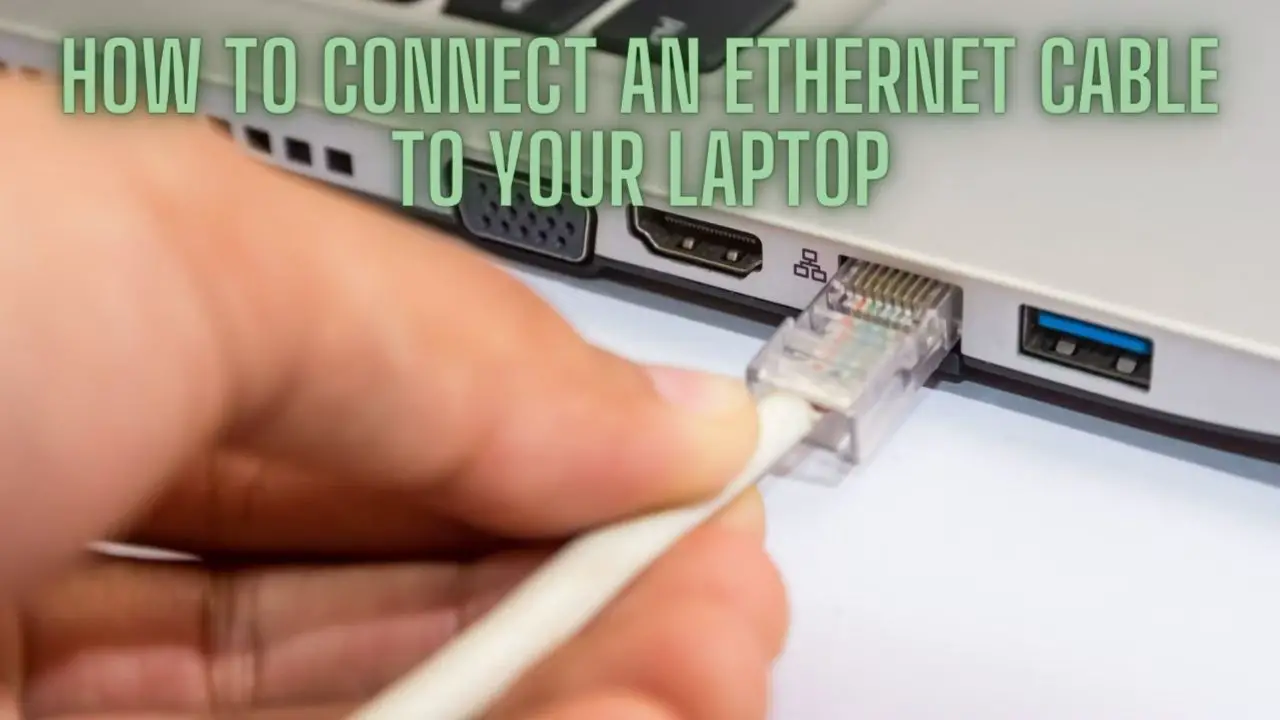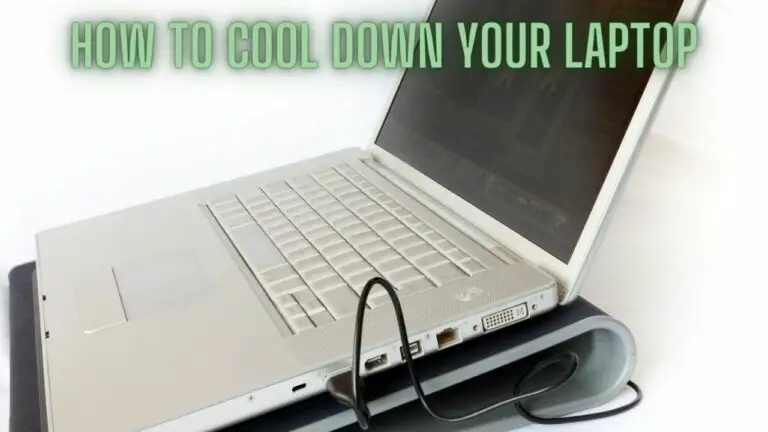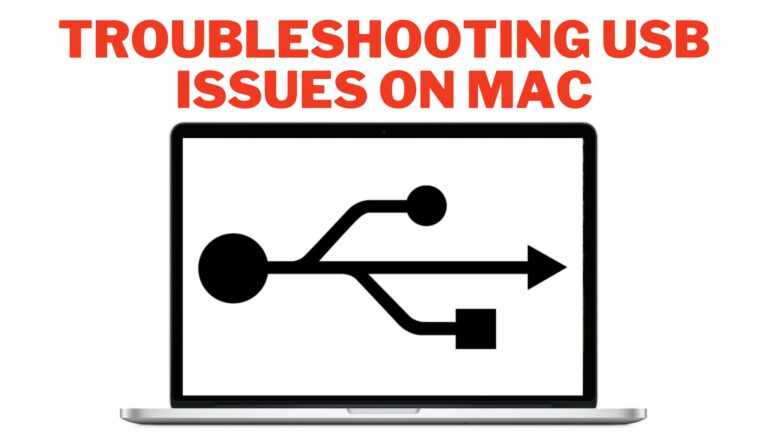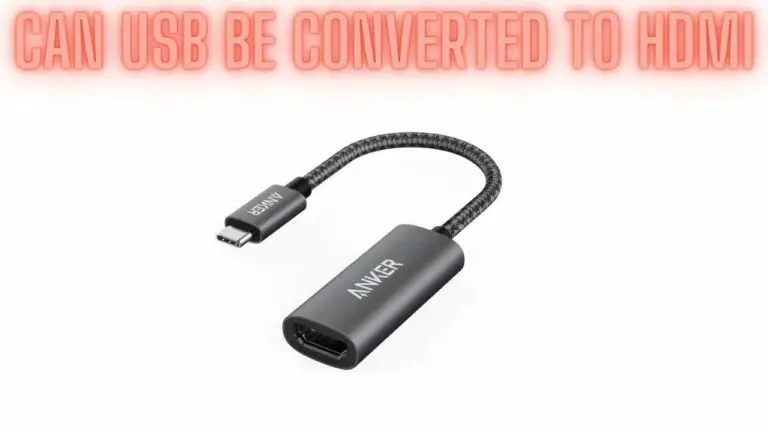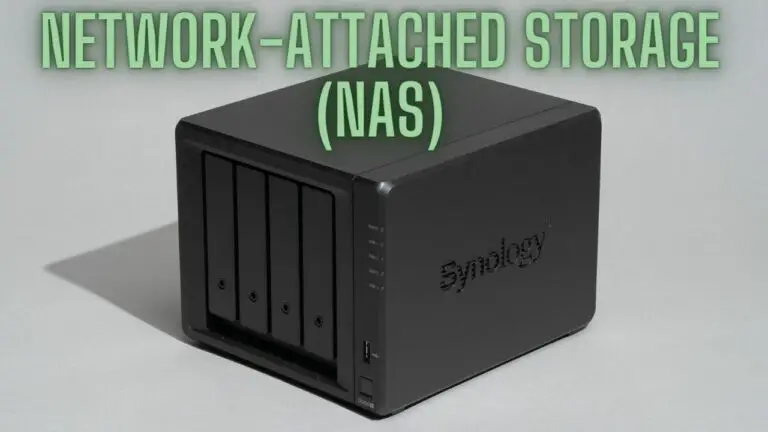A Comprehensive Guide on How to Connect an Ethernet Cable to Your Laptop
Introduction
In the digital age, connectivity is everything. Whether you’re at home, in the office, or on the go, a strong and reliable internet connection is essential for seamless communication, work, and entertainment. While Wi-Fi has become the standard for most laptops, there are situations where using an Ethernet cable is not only beneficial but necessary. In this comprehensive guide, we will walk you through the step-by-step process of connecting an Ethernet cable to your laptop. Whether you’re a beginner or a tech-savvy individual, this article will ensure you’re equipped with the knowledge to establish a wired connection efficiently.
The Benefits of Using Ethernet
Before we delve into the process of connecting an Ethernet cable to your laptop, it’s essential to understand why you might want to use a wired connection in the first place. Here are some key benefits:
- Stability and Reliability: Ethernet connections are known for their stability and reliability. Unlike Wi-Fi, which can be affected by interference and signal strength, Ethernet provides a consistent and uninterrupted connection.
- Faster Speeds: Ethernet connections can offer significantly higher speeds compared to Wi-Fi, which is particularly beneficial for tasks that require a lot of bandwidth, such as online gaming or downloading large files.
- Reduced Latency: Lower latency means a more responsive connection, making Ethernet ideal for online gaming and video conferencing, where split-second decisions matter.
- Enhanced Security: Wired connections are generally more secure than wireless ones, as they are not as susceptible to hacking or eavesdropping.
Preparing for the Connection
Before you can connect your laptop to an Ethernet cable, you need to gather some essential items and make sure your laptop is ready:
- Ethernet Cable: Ensure you have a suitable Ethernet cable. Most laptops use an RJ-45 connector, so make sure your cable has this type of plug on both ends.
- Laptop: Have your laptop on hand, powered on, and ready for the connection.
- Ethernet Port: Locate the Ethernet port on your laptop. It’s typically on the side or rear of the laptop and looks like a slightly larger version of a phone jack.
- Router/Modem: Ensure your router or modem is functional and connected to the internet. The Ethernet cable will connect your laptop to this device.
Connecting the Ethernet Cable
Now that you’ve gathered your equipment and prepared your laptop, let’s move on to the steps of physically connecting the Ethernet cable:
- Turn Off Your Wi-Fi: To ensure that your laptop prioritizes the wired connection, it’s a good practice to turn off your Wi-Fi. You can do this from the network settings on your laptop.
- Insert the Ethernet Cable: Take one end of the Ethernet cable and insert it into the Ethernet port on your laptop. Make sure it clicks into place securely.
- Connect the Other End: Take the other end of the Ethernet cable and insert it into an available Ethernet port on your router or modem. Again, ensure it’s securely connected.
- Wait for the Connection: Once the cable is securely connected on both ends, your laptop should automatically recognize the wired connection. You should see a network icon in your taskbar or system tray indicating that you are connected via Ethernet.
Configuring Network Settings
In most cases, connecting your laptop to an Ethernet cable is a plug-and-play process, and you don’t need to configure any additional network settings. However, there may be instances where you need to make some adjustments, especially in a business or office environment. Here’s how you can configure network settings:
- Access Network Settings: Go to your laptop’s network settings. You can usually find this in the Control Panel (Windows) or System Preferences (Mac). Look for the “Network” or “Ethernet” section.
- Check IP Configuration: If your network requires a specific IP configuration, make sure it is set correctly. This information is typically provided by your network administrator or Internet Service Provider.
- Proxy Settings: If you’re in a corporate network, you may need to configure proxy settings. Enter the proxy server’s address and port number as required.
- DNS Configuration: You can use automatic DNS settings or specify custom DNS servers for better performance or security. Popular public DNS servers include Google DNS (8.8.8.8 and 8.8.4.4) and Cloudflare DNS (1.1.1.1).
- Save Changes: Once you’ve made any necessary configurations, save your changes and exit the network settings.
Troubleshooting Common Issues
Even with the straightforward nature of connecting an Ethernet cable to a laptop, you may encounter some common issues. Here are some troubleshooting tips:
- No Connection: If your laptop doesn’t recognize the Ethernet connection, ensure that both ends of the cable are securely connected. You may also try a different Ethernet port on your router or modem.
- Slow Speeds: If your connection is slower than expected, check for any background downloads or streaming on your network. Also, consider the quality of the Ethernet cable – older or damaged cables may not provide optimal speeds.
- Limited Connectivity: If your laptop shows “Limited” or “No Internet Access,” restart both your laptop and the router or modem. If the issue persists, check for any network configuration errors.
- Outdated Drivers: Ensure that your network adapter drivers are up to date. Visit your laptop manufacturer’s website to download the latest drivers for your specific model.
- IP Address Conflict: If you experience IP address conflicts, restart your router or modem. This will often resolve the issue by assigning a new IP address to your laptop.
FAQS
What is an Ethernet cable, and how does it differ from Wi-Fi?
An Ethernet cable is a physical cable that connects your laptop directly to a network source, like a router or modem, for a wired internet connection. It differs from Wi-Fi, which is a wireless connection that uses radio waves to transmit data.
When should I use an Ethernet cable instead of Wi-Fi?
You should use an Ethernet cable when you need a more stable, reliable, and faster internet connection. It’s ideal for tasks like online gaming, large file downloads, and video conferencing.
What type of Ethernet cable should I use with my laptop?
Most laptops use standard Ethernet cables with an RJ-45 connector on both ends. These are commonly referred to as Cat 5e or Cat 6 cables.
Where can I find the Ethernet port on my laptop?
The Ethernet port is typically located on the side or rear of your laptop. It looks similar to a slightly larger version of a phone jack and is labeled as “LAN” or “Ethernet.”
Do I need to turn off Wi-Fi when using an Ethernet connection?
It’s a good practice to turn off your laptop’s Wi-Fi when using an Ethernet connection. This ensures your laptop prioritizes the wired connection.
What do I do if my laptop doesn’t recognize the Ethernet connection?
First, make sure both ends of the Ethernet cable are securely connected. If the issue persists, try connecting to a different Ethernet port on your router or modem.
How do I configure network settings for the Ethernet connection?
Access your laptop’s network settings, and you can adjust settings such as IP configuration, proxy settings, and DNS configuration. Consult with your network administrator or Internet Service Provider for specific settings if needed.
What can I do if my Ethernet connection has limited or no internet access?
Restart your laptop and your router or modem. If the issue continues, check for any configuration errors in your network settings.
Why is my Ethernet connection slower than expected?
Check for background downloads or streaming on your network. Also, consider the quality of your Ethernet cable. Older or damaged cables may not provide optimal speeds.
Can I use an Ethernet cable for online gaming on my laptop?
Yes, using an Ethernet cable is highly recommended for online gaming due to its lower latency and greater stability compared to Wi-Fi.
Do I need to install specific drivers for my laptop to use an Ethernet connection?
In most cases, you don’t need to install additional drivers. Your laptop should recognize the Ethernet connection automatically. However, it’s a good idea to ensure that your network adapter drivers are up to date for optimal performance.
Is there a maximum length for Ethernet cables?
Yes, Ethernet cables have a maximum effective length. Cat 5e and Cat 6 cables are typically effective up to 100 meters (328 feet). Beyond this length, you may experience signal degradation.
Can I use a network switch to connect multiple devices to a single Ethernet port on my laptop?
Yes, you can use a network switch to connect multiple devices to a single Ethernet port on your laptop, provided that your laptop supports network bridging or the use of additional IP addresses.
Is it possible to use Ethernet on a laptop without an Ethernet port?
Yes, you can use a USB to Ethernet adapter or a docking station with Ethernet ports if your laptop doesn’t have a built-in Ethernet port.
Is Ethernet more secure than Wi-Fi?
Ethernet connections are generally considered more secure than Wi-Fi as they are less susceptible to hacking or eavesdropping. However, security also depends on other factors like network configuration and encryption.
Conclusion
In this comprehensive guide, we’ve walked you through the process of connecting an Ethernet cable to your laptop. We’ve discussed the benefits of using Ethernet, how to prepare for the connection, physically connect the cable, and configure network settings if necessary. Additionally, we’ve provided troubleshooting tips for common issues you may encounter.
While Wi-Fi is convenient and ubiquitous, Ethernet remains an essential and reliable method for establishing a wired connection. Whether you need high-speed internet for gaming, secure connectivity for business, or simply want a stable connection for heavy downloads, knowing how to connect your laptop to Ethernet is a valuable skill. So, next time you require a strong and dependable internet connection, you’ll be well-equipped to do so.

